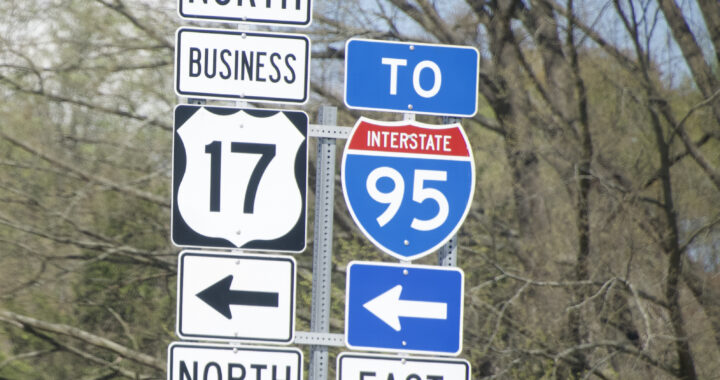Paying tuition online with credit cards through EaglePAY, UMW’s online payment system, is convenient. With the click of the mouse, payment is immediately verified and visible on the computer screen. There is no trip to the cashier’s window in Lee Hall between classes or drives back to campus during the treasured breaks between semesters to shell out cash and checks. Completed transactions are instantly visible within the 17-inch screens of our PCs and Macs.
In order to comply with security standards, however, most universities have to partner with third party vendors to give students the option of paying with credit cards, which adds enrollment and convenience fees to already costly tuition costs.
Nelnet Business Services, UMW’s tuition payment plan provider, charges a $40, $60 or $90 enrollment fee per semester or year depending on the date of enrollment and type of payment schedule. For each transaction, students are also charged a 2.5 percent convenience fee, which is paid to the credit card company.
These additional fees are excessive to students who could just pay the cashier directly with cash or check without the added fees.
The idea of a quick and easy payment with credit cards is appealing, but the enrollment and convenience fees make many students think twice about using EaglePAY to charge their tuition.
The minimum wage that students are making manning cash registers and waiting tables between classes isn’t going as far in an economy of rising gas and retail prices. For most students, every dollar they make has its purpose in their budgets, and the extra enrollment and convenience fees drain their bank accounts even more.
At the same time, it is unfair to expect UMW to cover the costs of the convenience fees when it would mean spending over a million dollars a year in payments to credit card companies rather than having the funds go toward university projects.
The number of undergraduates taking advantage of this useful option to pay with plastic is increasing across the nation. According to “How Undergraduate students use credit cards: Sallie Mae’s national study of usage rates and trends, 2009,” out of 1,200 students surveyed, 30 percent paid tuition with their credit card, an increase of 6 percent from the organization’s 2004 study.
Yet only 17 percent of surveyed students said they regularly paid off their credit cards each month. 1 percent said their parents or family members footed the bill for them, leaving 82 percent of people with credit card balances incurring charges each month.
Nelnet is interest free, but if students can’t immediately pay the credit company in full, the credit card company will likely charge high interest rates of its own, increasing student debt even more.
Still, students can potentially gain small rewards through their credit use from companies with spending reward programs. If these students or their families are able to pay tuition debts off in full, they could benefit from the online payment options. But not all credit card companies even offer reward programs for tuition payments.
At UMW, students have the option of paying with American Express, Discover, or MasterCard. VISA, tucked inside the majority of wallets according to creditcard.com statistics, refuses to partner with vendors that charge consumers convenience fees, calling the practice “unfair” in a July USA Today article.
VISA’s decision to answer for all of its consumers when making their policy affects many students who don’t want numerous credit cards weighing down their wallets and prevents them from taking advantage of EaglePAY.
The enrollment charges and convenience fees are irritating, but that doesn’t mean EaglePAY doesn’t have its advantages. It’s certainly convenient to simply log on to Eaglelink to make our payments online rather than finding time to stop by Lee Hall to hand over earnings. If students are willing to pay with credit cards, it’s Nelnet and the credit card companies who need to reassess their role in adding to students’ debts by charging additional fees.











